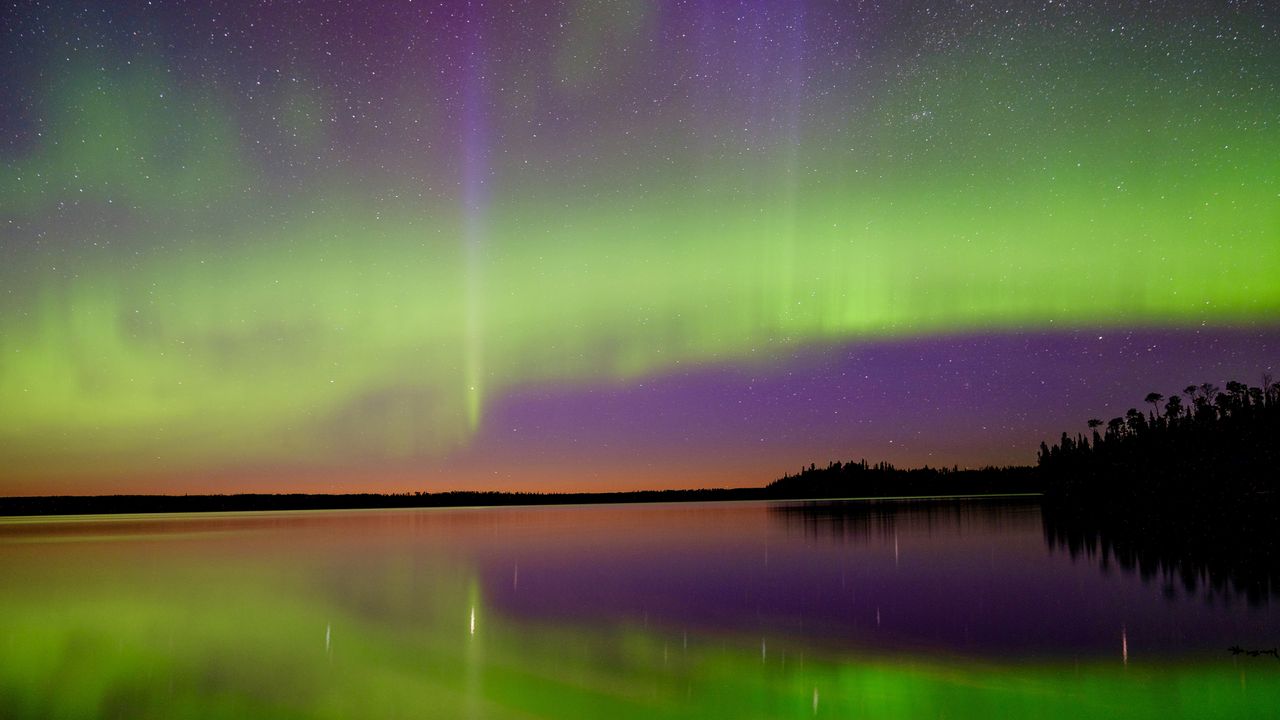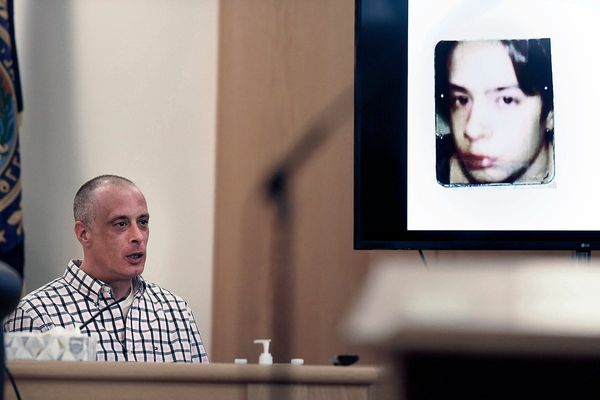
An active sunspot could give photographers another reason to photograph the night skies this weekend. A solar flare that hit on August 05 increases the odds of seeing the Northern Lights as its effects reach Earth, with the National Oceanic and Atmospheric Administration predicting KP levels above 4.0 could hit on Friday, August 08.
The levels indicate increased probability of spotting the northern lights in states like Michigan and Maine, as well as parts of Canada. While the odds are still fairly low, the prediction comes as the Perseids meteor shower is gaining in intensity – and photographing some meteors could be a consolation prize if the aurora doesn’t make an appearance.
The coronal mass ejection hurled from an active sunspot launched a bit sidewise, which lowers the odds of seeing the effects dancing across the night sky compared to solar activity flung straight towards Earth. Despite the unusual direction, the activity is enough for NOAA to predict a potential minor G1 storm.
A G1 storm is considered fairly minor and won’t reach as far south as stronger storms. But, photographers in northern latitudes will have a greater chance of capturing the night sky phenomenon.
NOAA is currently predicting KP levels that exceed 4.0 beginning on August 08 at 15 UT, which is about 11 AM EST. The solar activity needs to make an appearance during full darkness in order to be spotted from Earth, but the NOAA prediction estimates that levels will could be at or above KP 4 for at least several hours.
The accuracy of the Northern Lights forecast often improves as the originally forecasted time gets closer, so aurora chasers should check NOAA forecasts again to see if the odds have increased or decreased. Apps like Aurora can help interpret the predictions on the go and even send push notifications if the odds for seeing the night sky phenomenon increase.
While the potential solar storm is predicted as a minor storm, if the Aurora doesn’t make an appearance, night sky photographers may still be able to photograph some meteors. While the Perseid meteor shower peaks August 12-13, the Perseids began on July 17 and tend to increase in intensity as the peak dates near.
You may also like
Prep for the potential solar storm by learning how to photograph the Northern Lights or try these tips for photographing the Northern Lights.







